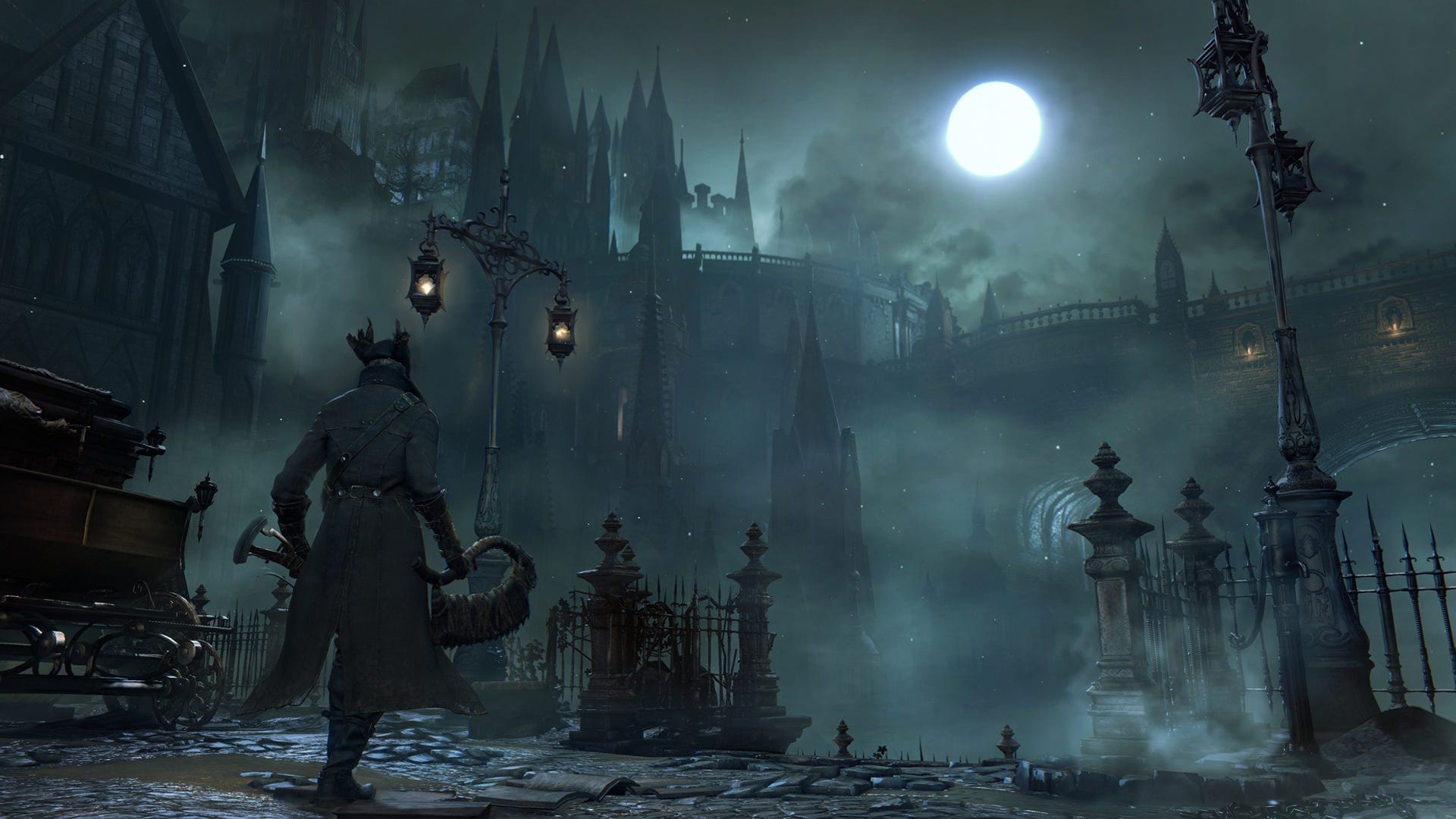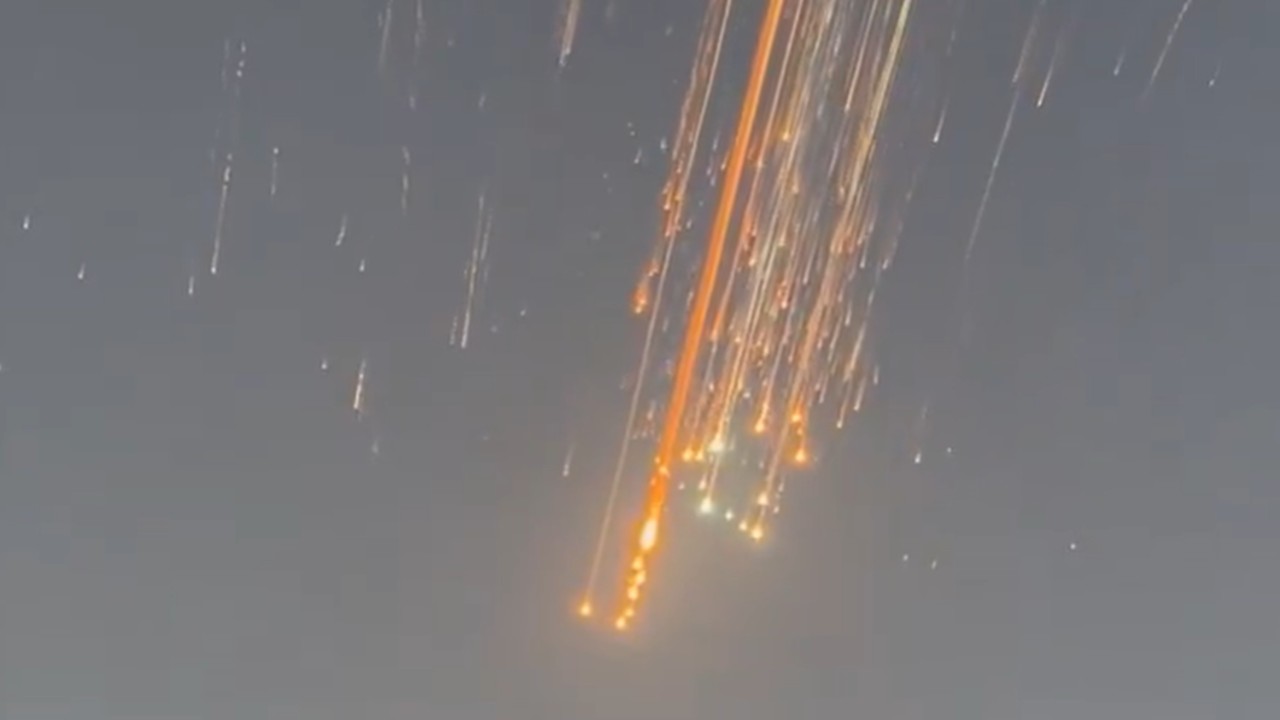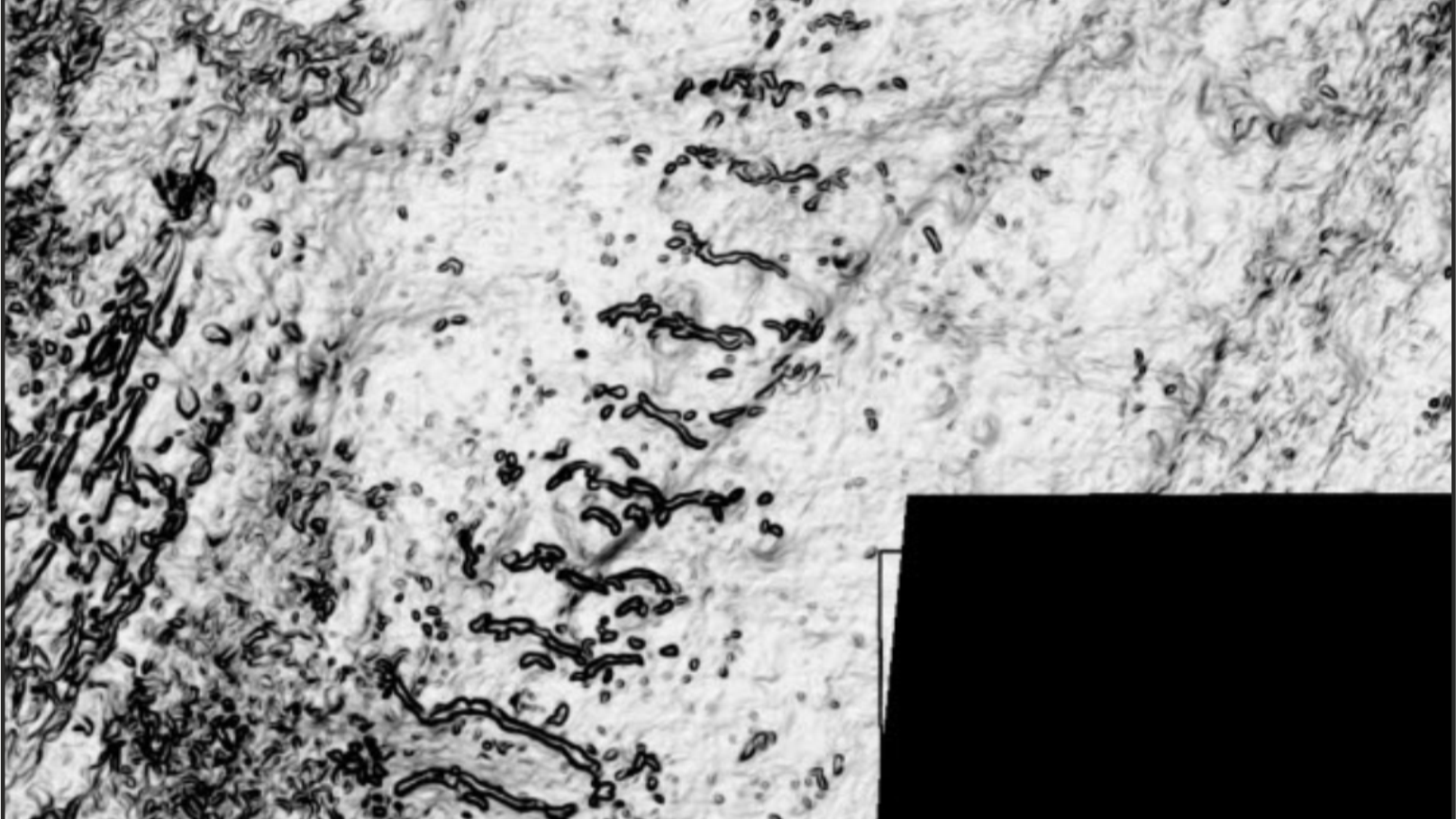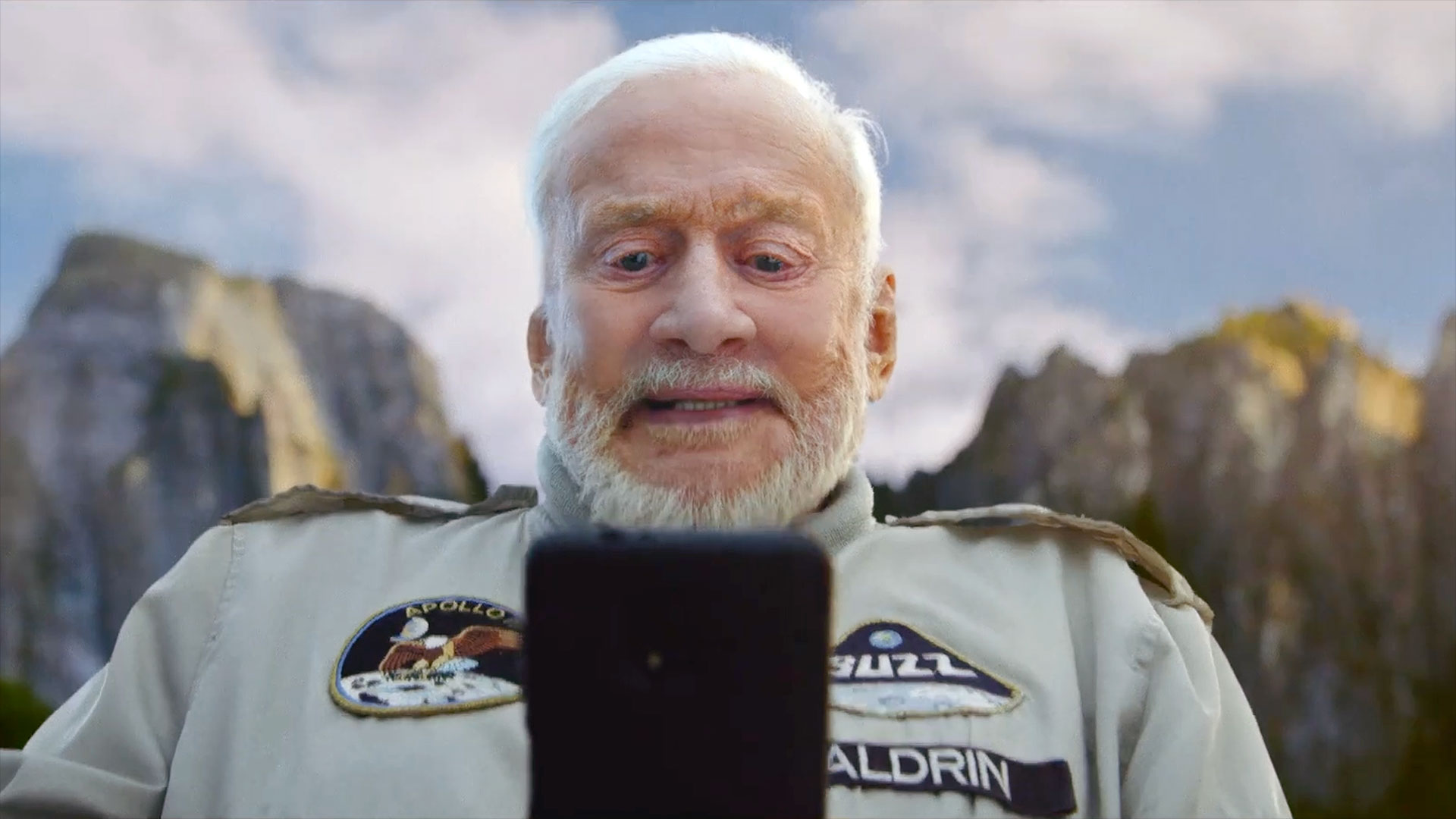Appalachian Folklore Comes to Life in Found Footage Duology ‘Chest’ and ‘Jeffrey’s Hell’ [Found Frights]
If there’s one found footage device I admittedly don’t tire of, it’s following a team of folks who hope to uncover the truth behind local mysteries and urban legends. I’m sure many of us can pinpoint at least one local bit of horror lore passed down to us as kids–that story that survived across generations […] The post Appalachian Folklore Comes to Life in Found Footage Duology ‘Chest’ and ‘Jeffrey’s Hell’ [Found Frights] appeared first on Bloody Disgusting!.
![Appalachian Folklore Comes to Life in Found Footage Duology ‘Chest’ and ‘Jeffrey’s Hell’ [Found Frights]](https://bloody-disgusting.com/wp-content/uploads/2025/01/Chest-1-scaled.jpg)
If there’s one found footage device I admittedly don’t tire of, it’s following a team of folks who hope to uncover the truth behind local mysteries and urban legends. I’m sure many of us can pinpoint at least one local bit of horror lore passed down to us as kids–that story that survived across generations and inspired beliefs in the strange and unusual amidst environments that often felt otherwise unremarkable. While this setup is the catalyst for more than a few found footage flicks past and present, there’s something to be said for films of this ilk that are born of true-to-life lore that has managed to not only stand the test of time but also evolve as significant markers of local culture.
As an East Tennessee native, writer/director Aaron Irons sought inspiration for his feature debut Chest (2022) from his own childhood exposure to and exploration of Appalachian folklore. Chest specifically references a region of the Citico Creek Wilderness in Tennessee known ominously as Jeffrey’s Hell, which earned its name thanks to a 20th-century legend. According to the story, a man named Ebenezer Jeffrey went missing in the wilderness while searching for his hunting dogs, having allegedly stated that he would rather follow his missing dogs to hell before giving up on them. In Irons’ film, a documentary team made up of protagonist Mark (Jasson Cring), his crew (Marissa Kaye, Dean Shortland, Sarah VanArsdal, and Ted Welch), and a local guide (Josh Croft) seek to explore the Jeffrey’s Hell area to uncover a mysterious chest of unknown origin that is rumored to lie hidden in a cave–another element of the film based on a local legend. As the team closes in on the cave, a force threatens to ensure they’ll never leave Jeffrey’s Hell alive.

Chest hits familiar beats for subgenre fans as the documentary crew crosses paths with threatening strangers, argue about the utility of keeping the camera rolling, and fall victim to an otherworldly entity one by one. Even still, there’s a singular charm to Irons’ approach here, which heavily references the real stories shared in this region of Appalachia for years via the film’s local characters. Further blurring the lines of reality and the world of the film, Irons himself has even confirmed that he and his friends often engaged in regular searches for the famed “mystery box” as teenagers. It’s these personal touches that ultimately keep Chest grounded in the disquieting space between truth and fiction, calling to mind found footage favorites like The Last Broadcast and Grave Encounters, which also center investigative media productions as catalysts for horror. The film’s finale is notably ambitious, broadening the mystery of Jeffrey’s Hell and the legendary chest in a manner that suggests bigger and more bombastic concepts to come should Irons decide to return to this world.
Needless to say, I did not expect for Irons’ to pivot so unexpectedly with 2024’s Jeffrey’s Hell, the follow up to Chest that saw its premiere just last year at the seventh annual Unnamed Footage Fest. While Jeffrey’s Hell is, for all intents and purposes, a direct follow-up to Chest, it’s not the sequel you’d likely imagine. For starters, the film is set in the real world, taking a note from the likes of other meta-sequels like Wes Craven’s New Nightmare and Book of Shadows: Blair Witch 2 as it follows Irons (playing himself) after the release of Chest. Jeffrey’s Hell reveals that the production of Chest was in fact grueling for Irons, which is likely a reference to the health problems that the director actually suffered while making the film. Despite this, the fictionalized Irons is drawn back into the mystery after receiving a set of coordinates from an unknown sender that will apparently guide him to the cave in Jeffrey’s Hell. Needless to say, this journey doesn’t result in a happy ending for Irons, as the film reveals almost immediately that he went missing in 2023 with only strange recovered footage serving as the testament of his last days.

While we encounter many of the actors from the previous film as they recount their experiences of filming Chest and perspectives on the impassioned director in interview segments, the film ultimately belongs to Irons and his camera. With this frame in mind, it may be unsurprising to hear that Jeffrey’s Hell is a much more contained and less predictable film than its predecessor. The intimate nature of much of what we see in Irons’ uncovered footage–which consists primarily of him exploring the Appalachian wilderness alone–makes for an isolating and tension-laden ride that ramps up the scares and broadens the lore in unexpected ways.
I’d argue that Jeffrey’s Hell succeeds in large part because it operates cleverly in the liminal space between fact and fiction with great intention this time around. This is underscored in the film’s official press material, as Irons himself highlights the “very personal” nature of Jeffrey’s Hell and describes it as a “look into my own brain and struggles with mental health, identity, and existentialism.” Indeed, the Irons we follow here is complicated, an independent and ambitious but mentally troubled man. He speaks of longing for escape from the mental prison of his own making, wishing he could spend his days alone on another planet rather than face the banality of adult living here on Earth. His mental health stuggles are further highlighted by his Chest collaborators, who at times also even question whether Irons’ disappearance was his own orchestration. We are ultimately left with the question of whether what we’re seeing is verifiable footage from Irons’ final days or an elaborate hoax meant to serve the director’s personal needs in one way or another.

I won’t spoil where things end up, but fans of modern found footage favorites The Outwaters (2022) or the Horror in the High Desert series (2021-present) will likely latch on to the former theory. Like the aforementioned films, Jeffrey’s Hell showcases similarly disorienting visuals and scares that progressively transform once-familiar landscapes into increasingly dangerous waking nightmares. It’s in these moments that Irons especially shines as a performer, capturing a complex vulnerability that we often don’t get to see so explicitly played out by a film’s director.
Though there are more questions than answers presented by the end of Jeffrey’s Hell, I’m hopeful that Irons will someday return to this cinematic world, as there’s undoubtedly much more to explore regarding the impact of surviving legends on the communities in which they exist. For the time being though, both Chest and Jeffrey’s Hell are a worthwhile 1-2 punch of highly strange found footage horror for those looking to get lost in modern folklore that’s as intriguing as it is chilling.
Chest and Jeffrey’s Hell are currently available to stream, rent, and purchase on digital platforms.


Welcome to Found Frights, a monthly column in which Ari Drew highlights new, underrated, and underseen found footage movies for those of us who can’t get enough of this horror subgenre that just won’t die.
The post Appalachian Folklore Comes to Life in Found Footage Duology ‘Chest’ and ‘Jeffrey’s Hell’ [Found Frights] appeared first on Bloody Disgusting!.









![[DEALS] iScanner App: Lifetime Subscription (79% off) & Other Deals Up To 98% Off – Offers End Soon!](https://www.javacodegeeks.com/wp-content/uploads/2012/12/jcg-logo.jpg)

































































